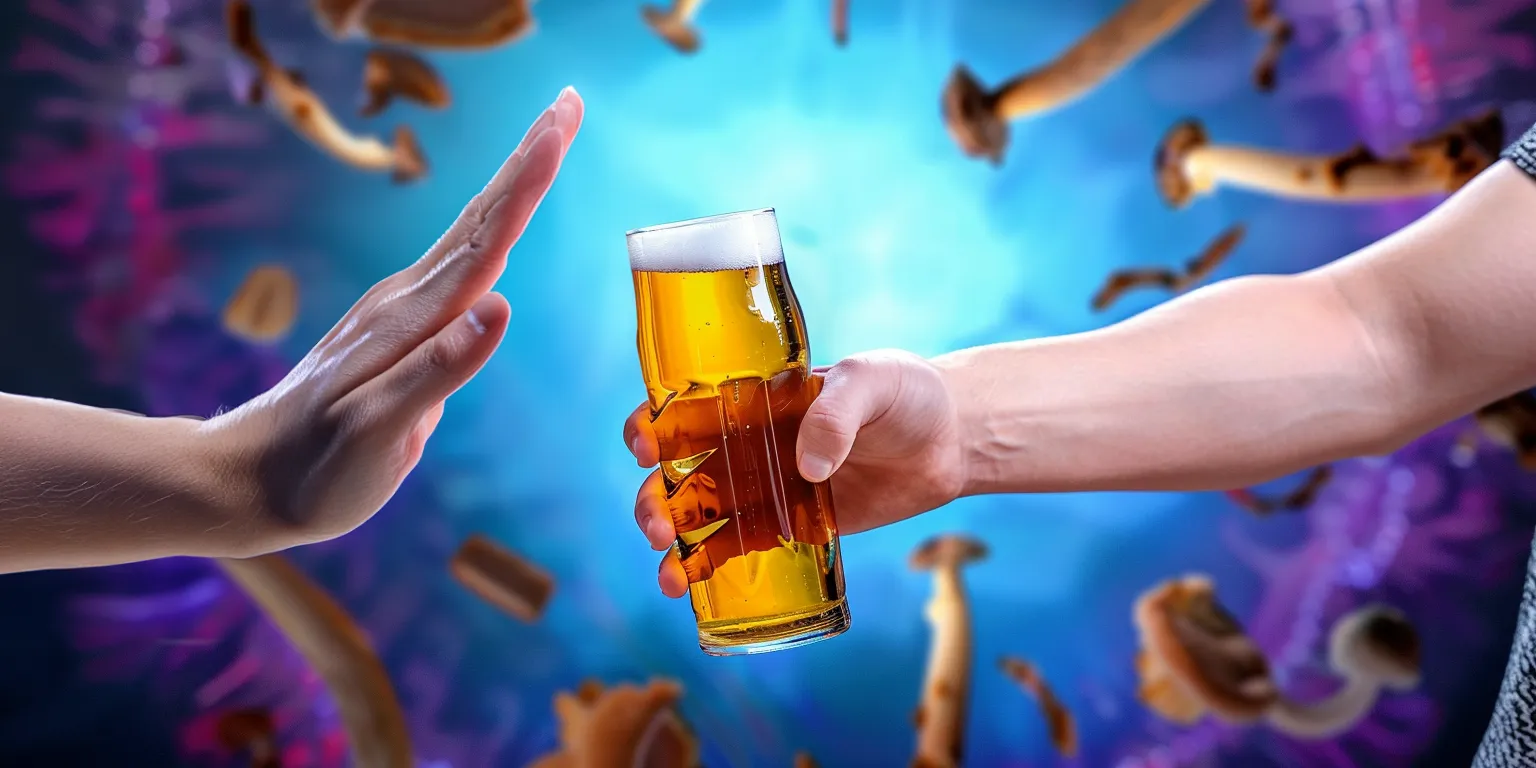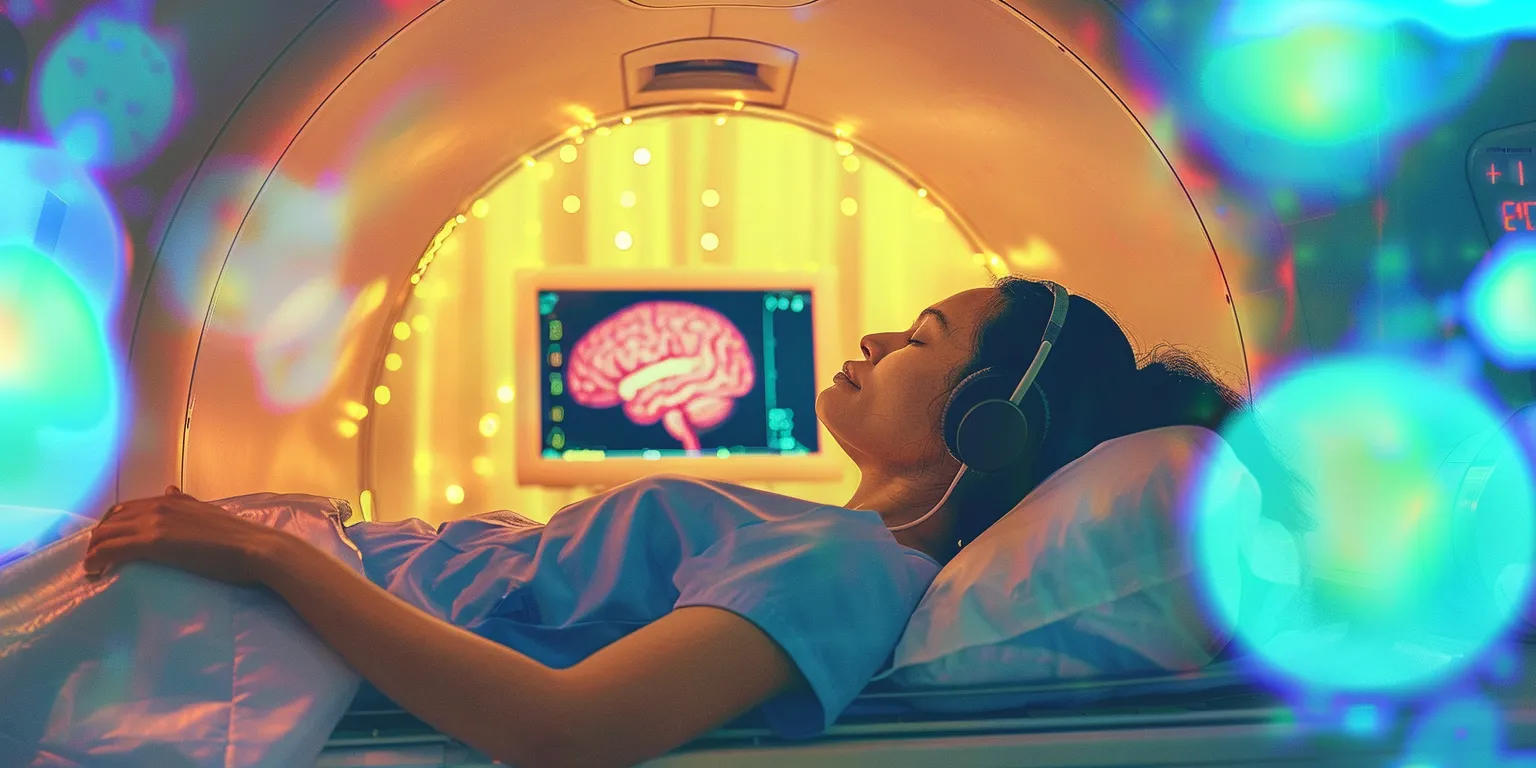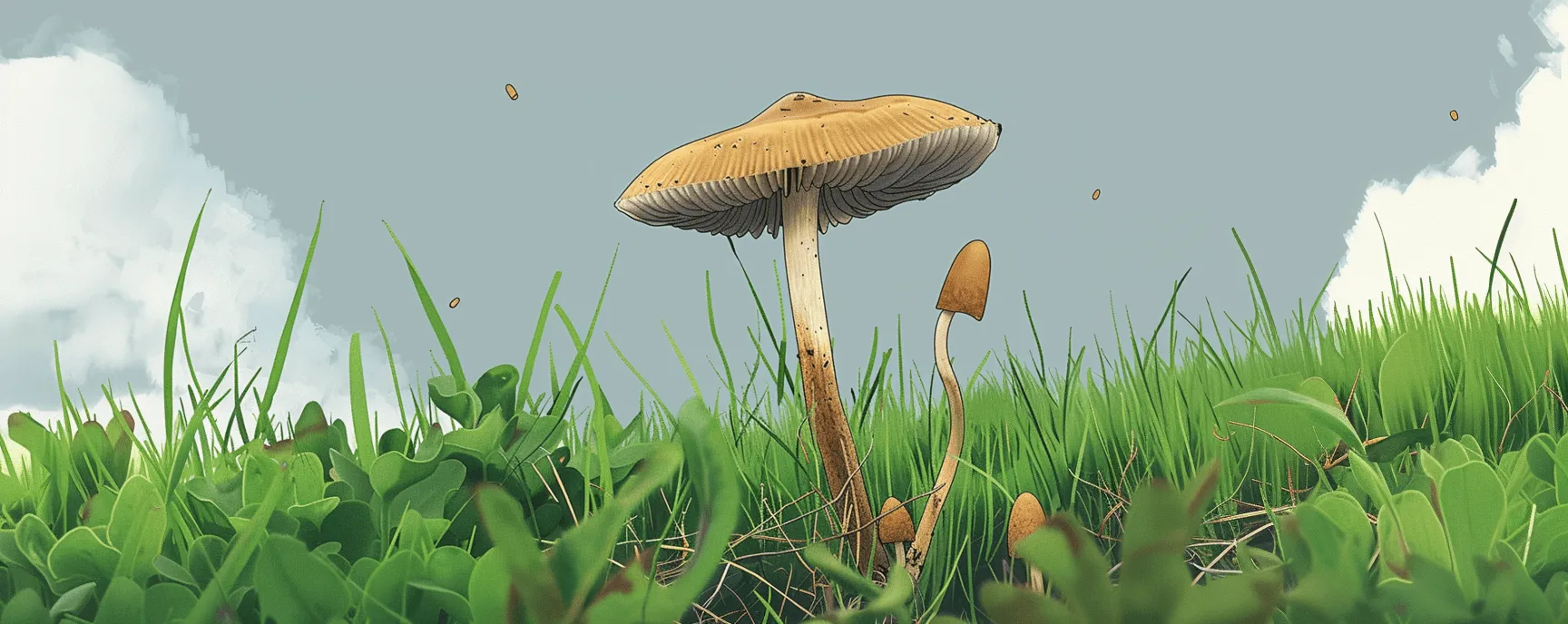Have you wondered how psychedelics work right before you munched on a handful of magic mushrooms? Well before Psychedelics Science 2023, my partner and I found ourselves sitting crossed-legged on some lusciously thick, emerald-green grass at one of our favorite Denver parks. This wasn’t the first time, nor is it likely to be the last. But this session was a little different. Instead of going it solo, we were surrounded by a small group of like-minded individuals, all being guided through our trip by a local, underground (but fully licensed and qualified) psychedelic practitioner.
After getting comfortable, our little group broke open a few thermoses of steaming, deliciously sweet psilocybin, and honey tea. Within thirty minutes of taking our doses, we watched as the already vibrant grass became a little brighter. We looked up to see clouds that looked like ever-changing, morphing water paintings while nearby trees danced in the sun.
Once we were all feeling a little giggly and a whole lot groovy, the real work began. Our practitioner was there to guide us all through our trip with the intent to help each of us address issues and concerns that we had been keeping bottled up for weeks. While I won’t be diving into that particular story today, it does lead us to something interesting.
“Psychedelics cause different parts of the brain to communicate in novel ways, increasing functional neural connectivity, and potentially disrupting rigid, ruminative patterns associated with conditions like depression.”
Psychedelics are almost universally associated with changes in perception, mood, and how we interact with the world. But how do psychedelics work? More importantly, how do they work in a therapeutic setting?
Keep Up with Uncensored Psychedelic Trends
Join our newsletter at Psychedelics Uncensored.
We respect and protect your privacy. By subscribing your info will be subject to our privacy policy . Unsubscribe easily at any time
Psychedelics are almost universally associated with changes in perception, mood, and how we interact with the world. But how do psychedelics work? More importantly, how do they work in a therapeutic setting?
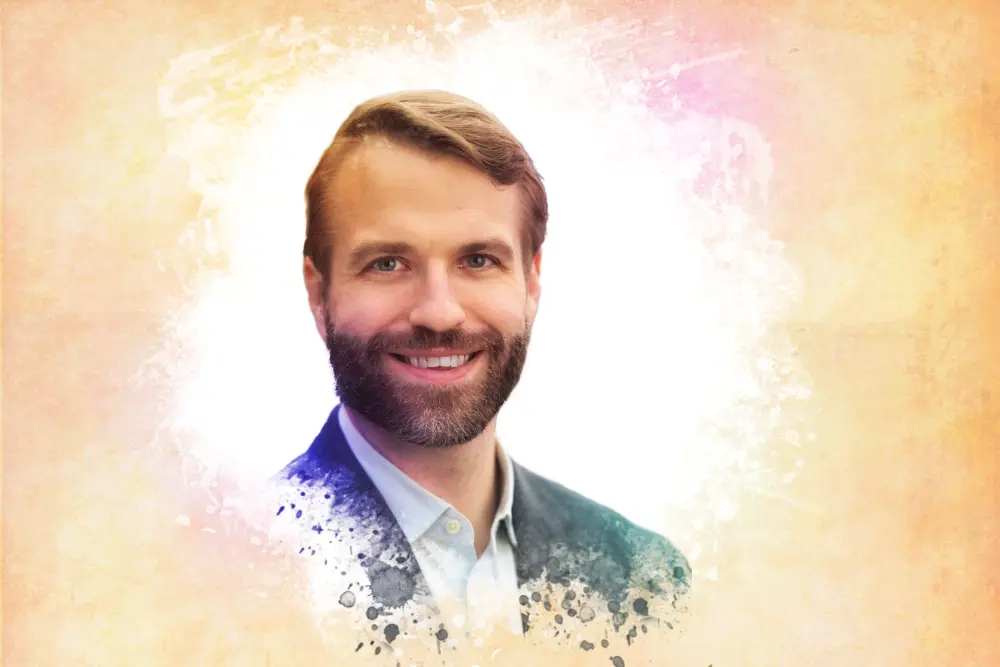
During Psychedelic Science 2023, I had the opportunity to speak with Dr. Alex Belser, MPhil, Ph.D., a clinical scientist, co-editor of Queering Psychedelics, licensed psychologist, and psychedelic researcher at Yale University, where he’s investigating psilocybin as a treatment for Obsessive Compulsive Disorder (OCD), among many other projects. Dr. Belser has worked extensively with substances such as psilocybin, MDMA, DMT, and ketamine, exploring their potential to treat depression, post-traumatic stress disorder (PTSD), and anxiety. Dr. Belser has also worked with healthy volunteers from various religious backgrounds, and he is one of the few specialists focused on the intersection of psychedelic-assisted psychotherapy and queer identity, melding these two fields together in his work.
“Oh, I see a cloud. I can feel its wet vapor coming up my arm.”
Among his significant contributions to the field is his work on a trial under the leadership of Dr. Ben Kelmendi, involving single-use psilocybin therapy for obsessive-compulsive disorder (OCD), a condition that proves notoriously difficult to treat using conventional treatments and medications. The study is a neural correlate trial (an examination of the relationship between mental states and neural states) to treat people with OCD using psilocybin therapy. This represents a potentially revolutionary approach to the disorder. The success of this research project has led to unprecedented funding from the National Institutes of Mental Health.
So what makes psilocybin and other psychedelics particularly intriguing as potential treatments for mental health conditions like OCD, depression, PTSD, and anxiety? Dr. Belser refers to this as the “$64,000 question.”
Keep Up with Psychedelic Trends
Get uncensored psychedelic news, events, and updates. Join Psychedelics Uncensored!
We respect and protect your privacy. By subscribing your info will be subject to our privacy policy . Unsubscribe easily at any time
Dr. Belser says, “we know that psychedelics have an impact across a variety of diagnoses, possibly due to neurobiological and psychological mechanisms.” This means that psychedelics appear to impact both the mind and the body in unique and medically promising ways. There is also the element of the mystical experience brought on by psychedelics, and which is responsible for patients reporting feelings of “profound transcendence,” as Dr. Belser puts it.
However, Dr. Belser stresses that while psychedelic medicine is promising, it’s not “a panacea.” Instead, it’s a new tool that may not work for everyone. Or, that likely will need to be accompanied by a variety of additional tools to have the desired outcome.
Dr. Belser also mentions a few other theories regarding how psychedelics impact the brain and body, saying, “Psychedelics act on serotonin, right? They’re active at the 5-HT2A and C receptor sites—serotonin is associated with mood. So it’s really important in a lot of clinical indications like depression.” (Low serotonin levels are often associated with major depressive disorder and anxiety.)
According to Dr. Belser, some researchers also believe that psychedelics disrupt the normal function of the default mode network (DMN) in the brain. The default mode network is a part of the brain associated with rumination, and at rest activity, such as when someone is focused inward. A good example would be when you’re laying in bed, trying to get cozy, yet you can’t stop thinking about an argument you had with your ex-best friend from eighth grade.
Intriguingly, psychedelics may be able to interrupt this type of thinking. According to Dr. Belser, “psychedelics cause different parts of the brain to communicate in novel ways, increasing functional neural connectivity, and potentially disrupting rigid, ruminative patterns associated with conditions like depression.” There’s also the possibility that psychedelics disrupt our embedded sense of self, facilitating a breakdown of our ego and opening us up to new perspectives and ways of being.
Or, as put by Dr. Belser, “some people think that psychedelics are associated with our sense of ego, our rigid sense of who we are, and selfhood. What happens when the defining confines of selfhood begin to melt down? Right? And so this egolytic (something that reduces egocentricity) experience with psychedelics, these sort of ego diminishing or, ego death experiences might be important because they help us deconstruct who we thought we were, and become something slightly different from a neurobiological perspective. That happens when the default mode network goes offline.”
By entering an egolytic state, it is possible that someone undergoing psychedelic therapy could feel as if they are a smaller part of a greater whole. Essentially, high doses of psychedelics reduce the feelings of “me,” while increasing feelings associated with something greater, or simply “we.” Some could, for example, feel as if they’ve gone from being a single individual to being a piece of a larger galactic organism. This can, in turn, allow what may have felt like insurmountable problems to be “rightsized” in one’s psyche.
“Just as our lives and identities are complex and multifaceted, so too are the ways in which psychedelics can influence our mental health and wellbeing.”
One memorable example Dr. Belser shared was about a patient who, under the influence of psilocybin, was listening to music and said, “Oh, I see a cloud. I can feel its wet vapor coming up my arm.” Dr. Belser clarifies that the patient had on “long shorts, a short sleeve shirt, and we were in a closed room on First Avenue in New York City’s Bellevue Hospital. There was no cloud in the room.”

The patient was likely experiencing a phenomena known as tactile synesthesia. Tactile synesthesia is a phenomena where an individual may hear a sound and then feel a corresponding sensation on a part of their body. For example, you could be listening to a drum solo and feel the percussion from the drums in your chest or hands. In this case, the person felt a cloud while listening to music, and also had a visual experience of one.
This is likely linked to increased neural connectivity facilitated by the substance, allowing for new ways of sensing and perceiving.
There are, of course, other theories as to why psychedelics could be therapeutic. Some researchers propose that they have anti-inflammatory properties, which is significant as physical inflammation is often linked with conditions like depression. One recent study, titled, Psychedelics as Anti-inflammatory Agents suggests that psychedelics, such as psilocybin, may be useful for reducing inflammation. This may be due to psychedelics’ impact on the 5-HT2A receptor. If that sounds familiar, it’s because that same receptor is also activated when someone undergoes a psychedelic trip. The most interesting aspect of the study showed that this can happen at sub-perceptual doses (aka, a microdose). Possibly opening the door to treatments that do not require undergoing a full psychedelic event. However, more studies are needed to know why this happens.
These diverse effects could have a wide range of therapeutic applications. For trauma victims, a new perspective on their trauma could be instrumental in recovery. The same could be true for individuals with anxiety or depression, allowing them to see and think about their experiences differently, or simply lifting their mood (which is something we shouldn’t discount).
You can take a look at our psychedelic guides for more detailed information here:
LSD, MDMA, Ketamine, Psilocybin, 5-MeO-DMT, Ayahuasca and DMT
Shaking Things Up: How Psychedelics Help Us Learn
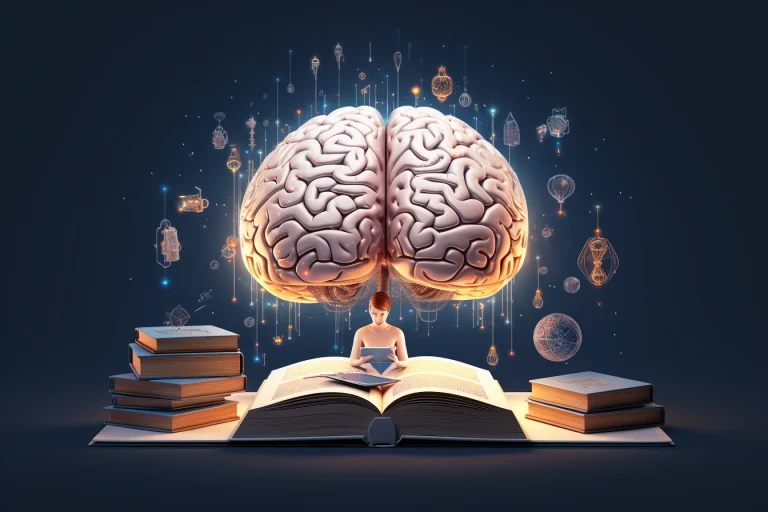
Dr. Belser mentioned the possibility that psychedelics might be adaptogenic (something that helps us adapt to change and stressors). According to Dr. Belser, psychedelics re-open what psychologists call the “learning window,” or in other words, the brain’s ability to create new patterns and learn new things. This allows psychedelics to act as teachers, facilitating the shakeup of old habits and the introduction of new, more positive ones, like “self-compassion or new coping mechanisms like calling a friend,” when feeling down.
However, the effects of psychedelics on the brain and their potential for promoting synaptogenesis (the formation of new synaptic connections) and neurogenesis (the growth of new brain cells) are still topics of active research. Though it’s difficult to directly observe these processes in human subjects, preliminary evidence points to psychedelics inducing these changes.
Dr. Belser emphasized the importance of “considering the combination of psychedelic treatment and therapy.” He compared our sense of self to a story with interconnected relationships. Saying that, “just as our lives and identities are complex and multifaceted, so too are the ways in which psychedelics can influence our mental health and wellbeing. That sense of re-patterning your relational activities, that sense of breaking out of old habits and setting goals and objectives and plans for new habits. All of that keeps momentum for the long haul.”
Psychedelics and the Stories We Tell Ourselves
Our conversation with Dr. Belser revealed an interesting, and infrequently discussed, aspect of the therapeutic process: the personal narrative that each of us carries. According to Dr. Belser, “this narrative, which includes our relationships, activities, and habits, could be the key factor that psychotherapy, along with psychedelic treatment, that can alter our perceptions.” This combined approach allows patients to develop skills that continue to benefit them even after the therapy ends, unlike traditional medications which may cause relapses after discontinuation.
This personal narrative is even more important in the context of the therapeutic setting. Psychedelic therapy involves “meaningful human interaction which includes preparation, support during the experience, and post-treatment integration.” This comprehensive approach allows for “re-patterning of our relational activities and habits, providing long-term benefits.” As part of that process, the patient’s personal narrative has a significant impact on just how they view the process, their experience, and their results.
For example, you may tell yourself that you cannot allow yourself to be hungry, because you experienced hunger at a young age, and now associate that with a terrifying sense of powerlessness and lack of resources. But, you also have goals associated with weight. Psychedelic medicine, in combination with therapy, may help you disconnect from that embedded relationship you’ve created between (slight) hunger and survival fear, allowing you to create the space for new eating habits that may serve other health and happiness goals.
Dr. Belser stresses that “a crucial part of understanding the impact of psychedelic treatment is the patient’s interpretation of their psychedelic experience. Patients often report feeling profoundly interconnected during their psychedelic experience.” The magnitude of this sense of oneness is often measured using the Mystical Experience Questionnaire. When patients score high on this questionnaire, indicating a deep sense of unity and transcendence during the psychedelic experience, there is often a statistically significant impact on their mental health in the weeks and months that follow, reducing depression, anxiety, and even alcohol use disorder.
This type of mystical experience likely impacts an individual’s personal narrative. Leading back to Dr. Belser’s belief that how we view ourselves, our experiences, and our stories, within the therapeutic context can impact the quality of results we gain from psychedelic experiences. In other words, psychedelics may help you change your own story in ways that are deeply personal and can help you stick to the changes and growth you’ve had in therapy.
“We call this ego death or the dark night of the soul. Or ‘Coming up against the deities at the gates of the mandala.”
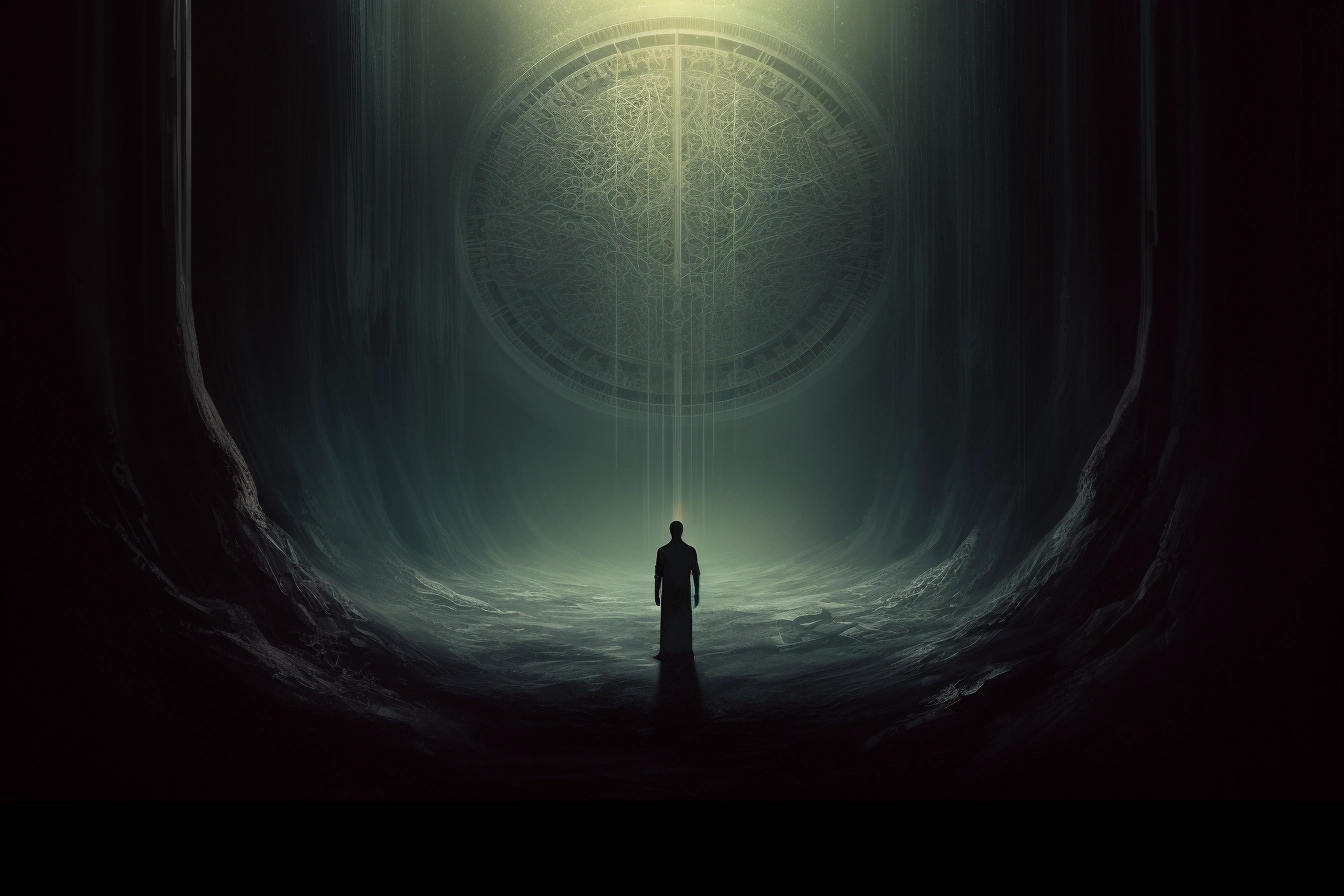
Dr. Belser says that one of the most significant aspects of the psychedelic experience is the expectation of it being a powerful event. He emphasizes that part of the power of psychedelics is that, “people are told they will be important, powerful, and potentially hard. Potentially deeply challenging and, we hope, a meaningful experience. And we will give you everything we can to support you with that. And it’s three months from now, so you’ll plan your life around that.”
This sets psychedelic-assisted therapy apart from traditional treatment methods and might contribute to its therapeutic benefit. As Dr. Belser points out, unlike traditional medications, where the doctor may instruct the patient to “take this pill and call me in the morning,” psychedelic-assisted therapy involves “active guidance through the treatment.” This combined therapy creates an environment for the patient to open up, potentially leading to beneficial outcomes.
However, it’s important to understand that psychedelic experiences can be challenging, sometimes leading to what is commonly referred to as a “bad trip.”
Dr Belser says, “We call this ego death or the dark night of the soul. Or, ‘Coming up against the deities at the gates of the mandala.”
According to Dr. Belser, this can involve passing feelings of fear, anxiety, or paranoia. That said, Dr. Belser believes it’s important to note that these experiences are “transient, usually well-managed within the supportive environment of a therapeutic setting, and can be resolved without the need for ‘rescue medications’ such as benzodiazepines.”
In many instances, Dr. Belser believes that, “these challenging experiences lead to cathartic emotional release, often addressing the root cause of the patient’s suffering, rather than merely treating symptoms. Instead of suppressing the symptoms, as with SSRIs, psychedelics bring the pain to the forefront, allowing the patient to feel and work through it. The result is often relief, forgiveness, and even empowerment.”
In essence, Dr. Belser suggests that these challenging experiences are “not bugs but features of psychedelic therapy.” They are part of why psychedelics work so well in these trials. It is a “clear indication of the necessity of providing a supportive context for psychedelic therapy–-an aspect that will be essential for future regulations and establishing good clinical practices.”
This illuminating conversation with Dr. Belser makes it clear that the study of psychedelics is not just about their chemical effects on the brain but also about the profound psychological, interrelational, and emotional impact that these drugs have on the human experience. Understanding these effects is vital as we move towards integrating these psychedelic medicines into mainstream mental health care.
Sources

1. Belser, A. (2023). Personal communication.
2. Richards, W. A., & Pahnke, W. N. (1972). The Mystical Experience Questionnaire.
3. Yaden, D. B., Le Nguyen, K. D., Kern, M. L., Belser, A. B., Eichstaedt, J. C., Iwry, J., … & Newberg, A. B. (2017). Of roots and fruits: A comparison of psychedelic and non psychedelic mystical experiences. Journal of Humanistic Psychology, 57(4), 338-353.
4. Griffiths, R. R., Johnson, M. W., Richards, W. A., Richards, B. D., McCann, U., & Jesse, R. (2011). Psilocybin occasioned mystical-type experiences: immediate and persisting dose-related effects. Psychopharmacology, 218(4), 649-665.
5. Grof, S. (1980). LSD psychotherapy. Hunter House.
This material is not intended as a replacement or substitute for any legal or medical advice. Always consult a medical professional about your health needs. Psychedelics are widely illegal in the United States, and readers should always be informed about local, state, and federal regulations regarding psychedelics or other drugs.

 David Connell
David Connell